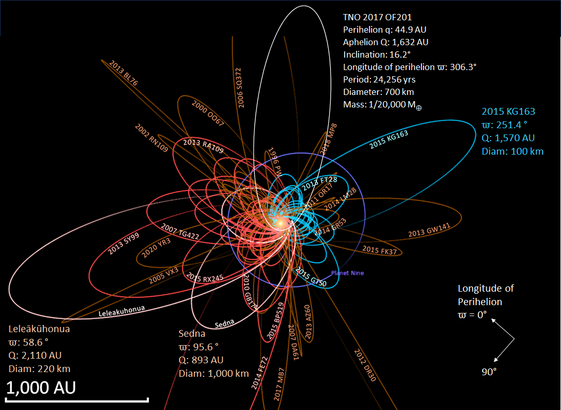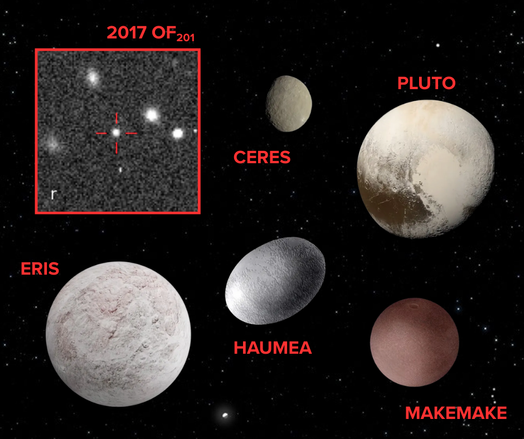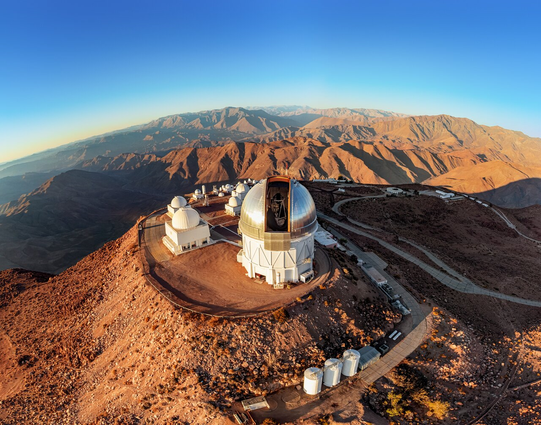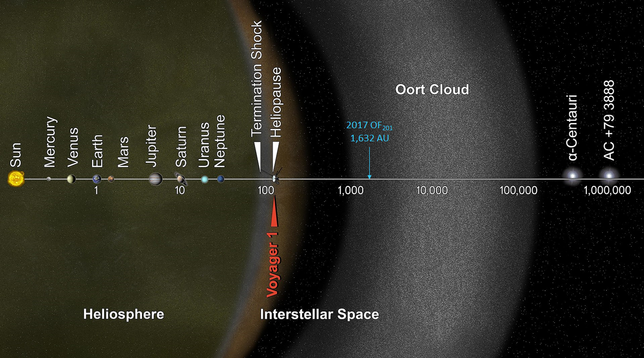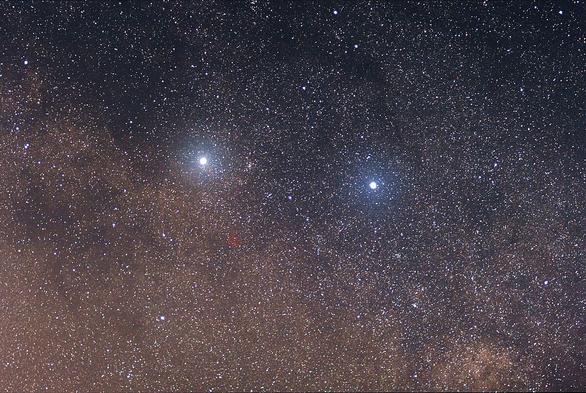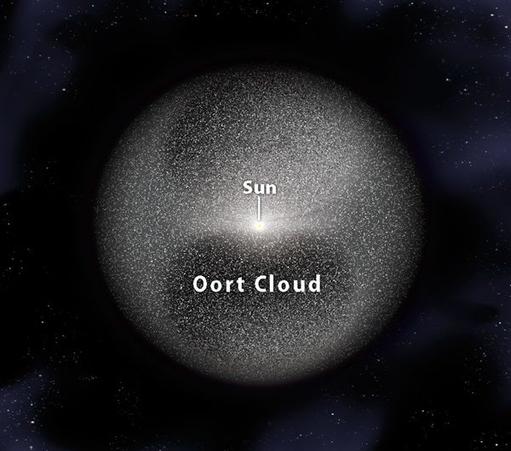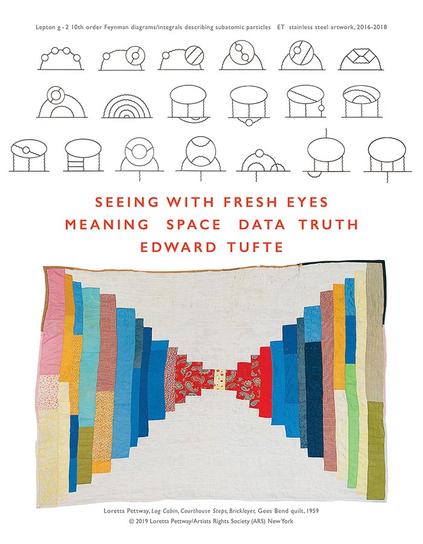Discovery of new extreme trans-Neptunian (TNO) object 2017 OF201.
Large enough at 700 km diameter to qualify as a dwarf planet. Orbit with aphelion of 1,632 AU extends to the inner Oort cloud and covers a region where few extreme TNOs have been detected.
The study used archival data from the Dark Energy Camera Legacy Survey DECaLS using the 4-meter Blanco telescope at the Cerro Tololo Inter-American Observatory in Chile.
https://arxiv.org/pdf/2505.15806
https://en.wikipedia.org/wiki/Extreme_trans-Neptunian_object
1/n
